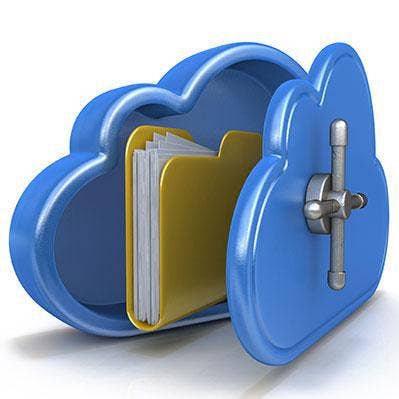Azure NetApp Files: Microsoft Leans On NetApp Expertise To Run File-Based Data In Azure
Azure's ability to work with file-based data is based on NetApp's Ontap storage technology, giving Azure channel partners a better way to work with data in the cloud and NetApp channel partners a new incentive to work with Microsoft Azure.

Microsoft is offering its Azure cloud customers the ability to manage their file data thanks to a new strategic partnership with NetApp.
Microsoft late last month unveiled general availability of Azure NetApp Files, Azure's first service for migrating and running enterprise file-based workloads. Azure NetApp Files is based on NetApp's Ontap storage operating system, but is sold and supported exclusively by Microsoft.
Azure NetApp Files is a fully managed cloud service with full Azure portal integration and access via REST APIs and Azure SDKs, or software development kits, said Tad Brockway, corporate vice president for Azure storage, media, and edge.
[Related: 6 Reasons Why The Public Cloud Is An Opportunity For Channel Partners]
Azure NetApp Files lets businesses seamlessly migrate and run applications in the Azure cloud without the need to purchase or manage storage infrastructure, Brockway told CRN. Customers can acquire the capability and get support via existing Azure agreements, he said.
The new offering gives NetApp clients an easy on-ramp to Azure, Brockway said.
"This is a journey started fairly early on in our cloud relationship with NetApp," he said. "We recognized an opportunity to work with the leading file technology provider to bring their on-premises customers to Azure."
Brockway said to think about Azure NetApp Files as a high-performance, highly-scalable, enterprise-grade file system with all the rich capabilities of NetApp Ontap, Brockway said.
"It's also an opportunity for customers who are not NetApp customers to develop cloud-native services," he said. "The feature set is relevant to NetApp customers and to anyone developing file-based applications for the cloud."
Performance is a key feature of Azure NetApp Files, Brockway said.
"What we're hearing from customers who have tried it is that the performance is dramatically better than on-premises files," he said. "There was a lot of engineering done to develop the network between the Azure cloud and NetApp in data centers. It's very clear: For many cases, performance is better than on-prem. That's pretty cool. As is being able to do that on-demand with cloud economics and cloud elasticity."
Jennifer Meyer, vice president of cloud marketing at NetApp, told CRN the partnership between Microsoft and NetApp that led to Azure NetApp Files started about 18 months ago, and the two have created a unique offering.
"Customers who are interested in using the Azure service now can unlock the value of their data," Meyer said. "NetApp's half-century-plus of experience makes Azure that much better."
The channel aspect of Azure NetApp Files starts with Azure's partner community, Meyer said.
"This is an Azure service," she said. "We want to make sure the Azure community is educated on the service, and on how to use it. We are also briefing our partners on the opportunity. We are working together with Azure to make sure customers need come first whether they work direct with Microsoft or NetApp, or via partners."
For customers or partners of Azure which are new to NetApp, Azure NetApp Files is a native cloud service, Meyer said.
"Customers consume the service through Azure with no overhead," she said. "Customers new to NetApp can turn the knobs without the need for a NetApp relationship. We want to make sure customers have the benefits without the administration."
To take advantage of Azure NetApp Files, channel partners really need an Azure relationship, said John Woodall, vice president of engineering at Integrated Archive Systems, a Palo Alto, Calif.-based solution provider and NetApp channel partner to both companies.
The level of integration with NetApp is significant, combined with API and command line interface support and the full support of Microsoft, Woodall said.
"That level of integration is unique from a NetApp perspective," he said. "It took a lot of work. I don't see any other companies with that level of integration. The hard work is done, but we can expect to see further developments over time."
While Azure NetApp Files is offered by Microsoft, NetApp channel partners will find opportunities from the technology, Woodall said.
"NetApp partners in general, when you're working with a customer looking to put workloads in Azure, will find Azure NetApp Files a natural discussion point," he said. "My job is to solve customer problems. Azure NetApp Files is just one more tool to offer. It gives us the opportunity to sell more high-performance storage."
Azure partners who are not NetApp partners can take advantage of Azure NetApp Files, but the same is not true for NetApp partners without an Azure relationship, Woodall said.
"NetApp partners will have to seriously consider becoming Azure partners," he said. "As partners move forward in the cloud-native world, they will have to provide cloud-native technologies. I wonder if this is an inflection point for the adoption of NetApp in the cloud."